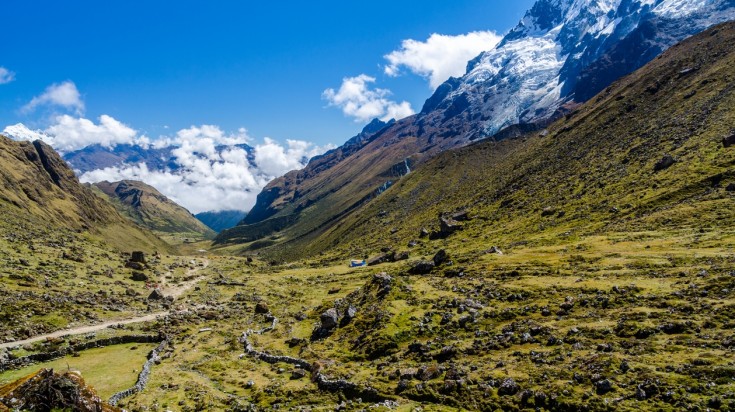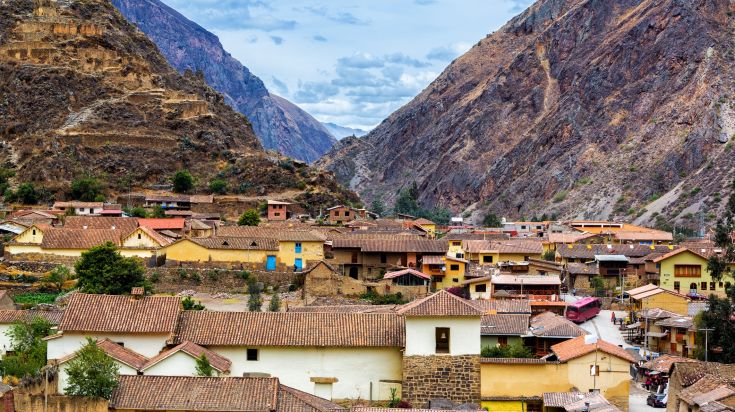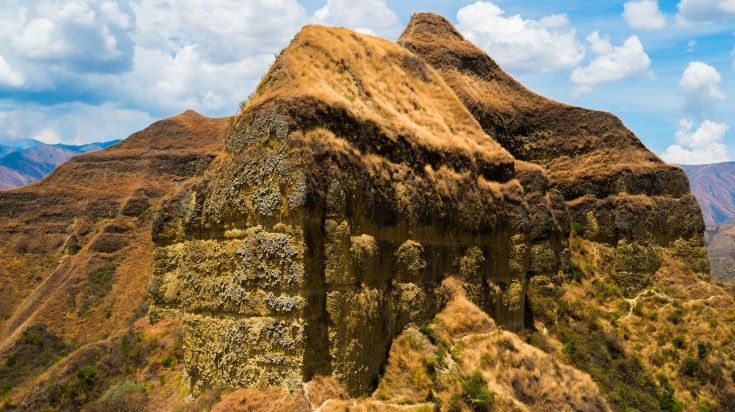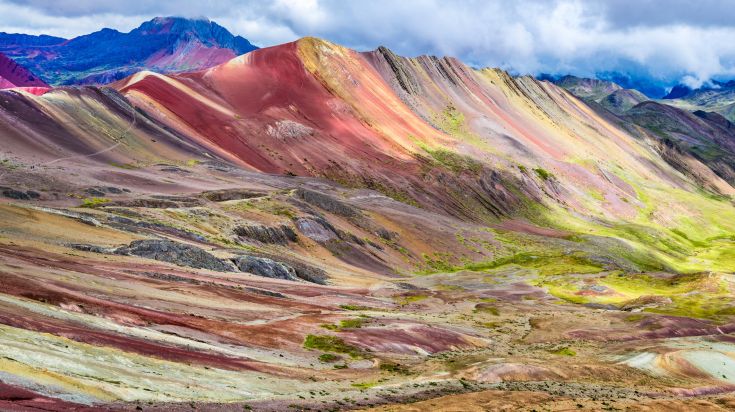The Dead Woman's Pass: Do You Have What it Takes?

- Angelo V
- From
- Angelo V
- From
- Zalina A
- From
- Yfat Y
- From
Altitude and difficulty of the Inca Trail
The Inca Trail is a physically and mentally challenging trek, and day two is by far the hardest day. Most itineraries start the second day at either Huayllabamba (3,000 m) or Ayapata (3,300 m) and from there, it is a gruelling uphill slog to the Dead Woman’s Pass. As the altitude increases, the air becomes progressively thinner, it becomes more difficult to breathe and trekkers begin to feel a reduction of energy.
The ascent to the pass is a particularly challenging section of the Inca Trail. It is advised that anyone planning the trek should prepare themselves months beforehand by completing other treks at lower altitudes in order to increase their physical endurance. The hiking trails of Cordillera Blanca, such as the Laguna 69 day hike or the Laguna Churup day hike are good acclimatization hikes.


Altitude sickness on the Inca Trail
Mild altitude sickness can start at anything above 1,500 m for the Inca Trail but more serious symptoms can begin above around 2,000 m – 2,400 m. This means altitude sickness is a real risk on the Inca Trail, especially on day two when the path reaches its highest altitude of 4,215 m. There is no way to tell in advance who will be affected by altitude sickness or how severely. However, this condition is the single most common cause for hikers to abandon an attempt on the Inca Trail.
The earliest and most common indication of the onset of altitude sickness is a headache, but other symptoms can include loss of appetite, nausea, vomiting, fatigue, swelling of the face and extremities and shortness of breath, among others. The only effective treatment is a rapid descent to lower altitudes for recovery.
The effects of altitude sickness can be reduced by proper acclimatization. Participants should spend at least one or two days in Cusco before attempting the trail. During this time, alcohol and sleeping pills should be avoided since they slow down the acclimatization process. In the mountains, the traditional method to alleviate the symptoms is to chew coca leaves or to drink tea made with these leaves. Acetazolamide pills and ibuprofen pills can reduce symptoms only temporarily. For more information, read more about altitude sickness.

Importance of the Dead Woman’s Pass
Not everyone attempting the Inca Trail is an experienced high-altitude mountain trekker and many people are unsure how their bodies will cope with the demands of the trek. As the highest point on the trek and one with such a fearsome reputation, the Dead Woman’s Pass is the part that trekkers approach with the most trepidation.
Reaching the pass is a significant psychological and physical milestone. For those who find the inner-strength and mental toughness on and up to the pass know it is within them to make it to Machu Picchu. For those who attain the pass, only lower altitudes lie ahead and they will be able to continue knowing that altitude will not defeat them. After the second day, two more tough days of trekking still await, but hikers can continue in the knowledge that reaching Machu Picchu is now within their capabilities.
Besides this, the views behind and the vistas that lie ahead of the pass are stupendous, more than ample reward for the hardship and suffering that trekkers endure to reach this notorious spot.

Alternatives to the Inca Trail
The Inca Trail is one of the most famous treks in South America and in the world. Due to its popularity, there is a 500-person limit on the trail per day, including guides and porters. This means it is often fully-booked virtually every day of the year and some people may be unable to reserve a place. Others may prefer less popular but more authentic treks away from the tourist hordes, and alternatives are available. The Salkantay trek is the only other trek that finishes at Machu Picchu. It is more challenging and reaches even higher altitudes than the classic Inca Trail. Other options include the beautiful Lares Trek, the Choquequirao trek, the high-altitude Ausangate trek and the Vilcabamba trek. Or read our article on the best treks in Peru.




Dead Woman’s Pass: A great feat of willpower
For anyone attempting the Inca Trail, conquering the Dead Woman’s Pass is a moment to be savoured, for many, surpassed only by the arrival at Machu Picchu itself. It represents a feat of endurance and a triumph of the will to keep going, a personal victory of resolve and pure determination not to give up until the goal is reached.







